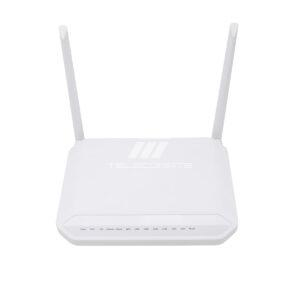What is a router and what does it do?
Routers are classified into local routers and remote routers. Local routers are used to connect network transmission media, such as optical fibers, coaxial cables, and twisted pairs. The remote router is used to connect the remote transmission medium and the corresponding equipment is required. For example, the telephone line should be equipped with a modem, and the wireless should be through a wireless receiver and transmitter.

A router is basically used to share a network connection to multiple devices (of course this is a simple description). Most routers today are WiFi routers, which create a WiFi network to which multiple devices can connect.


Leave a comment